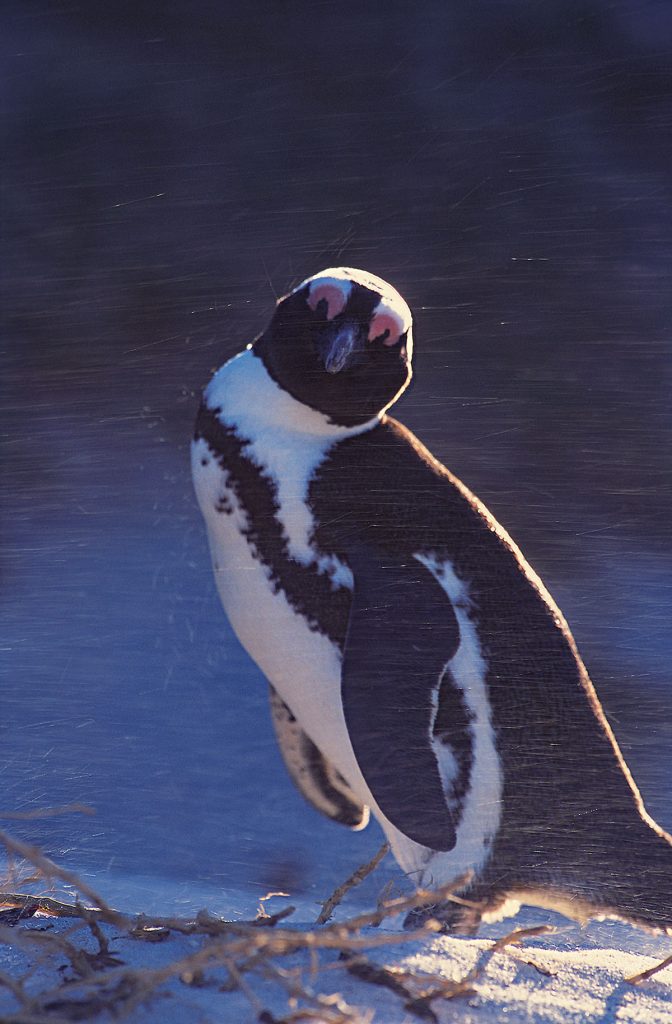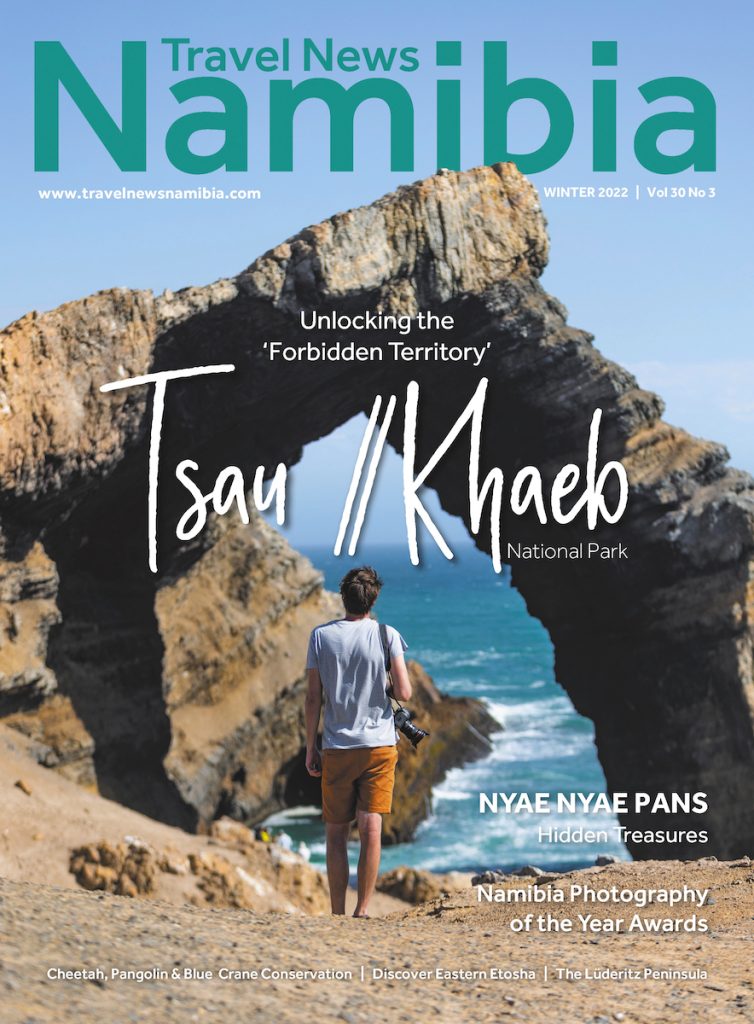
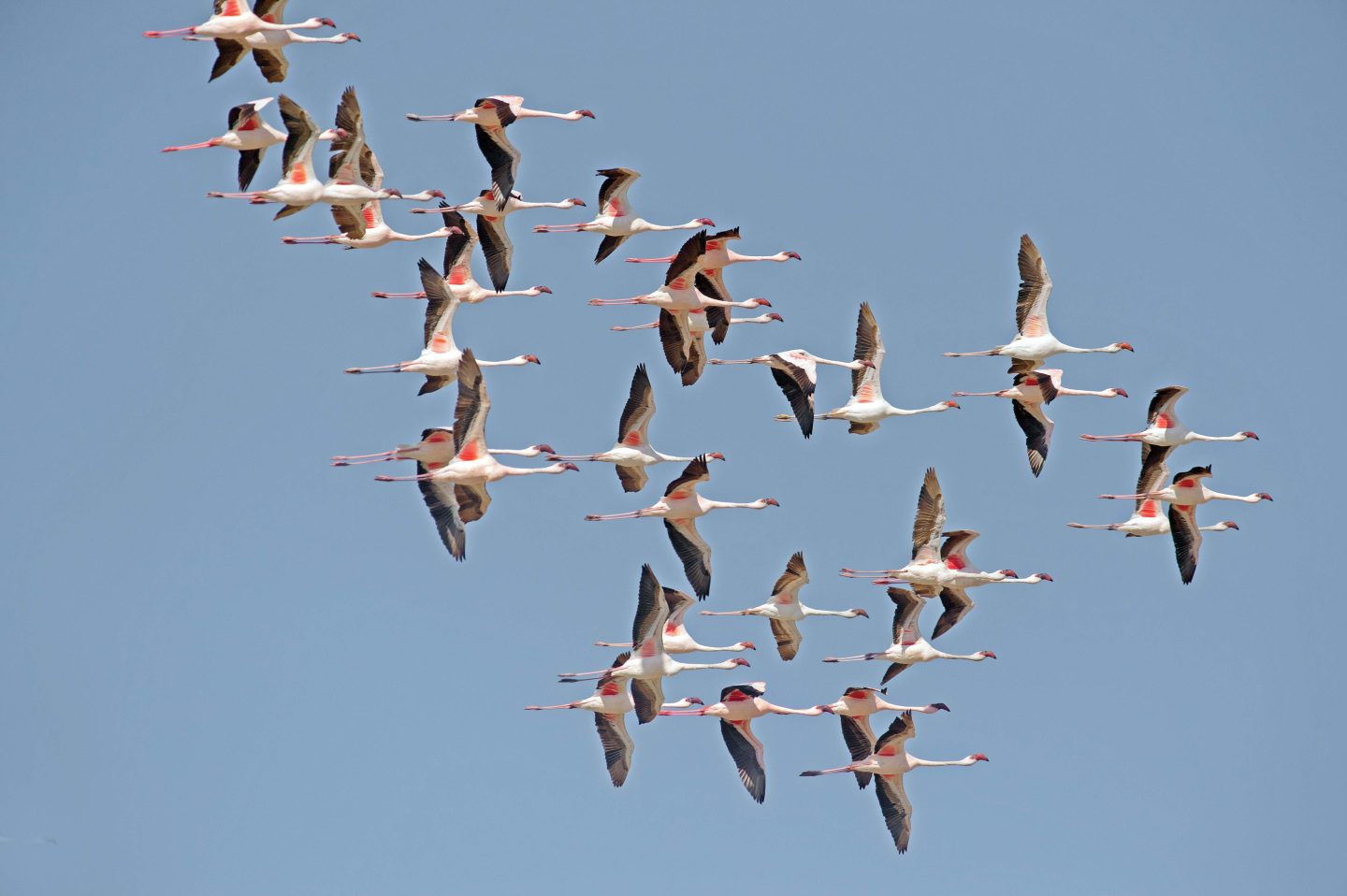
A wind-boggling expierience
Text & Photographs Pompie Burger
From the Winter 2022 issue
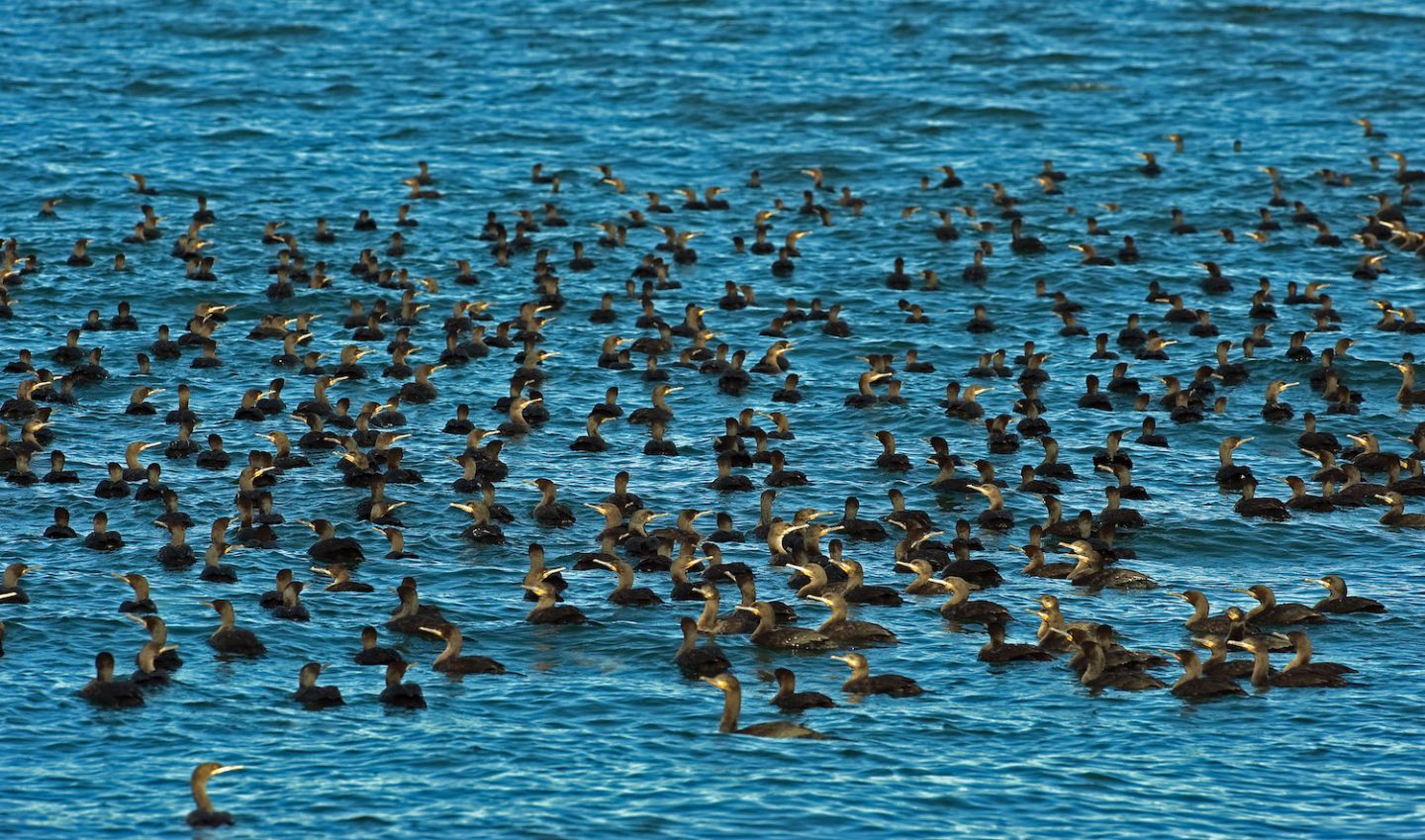
How many roads must a man walk down, before you call him a man?
How many seas must a white dove sail, before she sleeps in the sand?
The answer, my friend, is blowin’ in the wind, The answer is blowin’ in the wind.
– Bob Dylan
I wonder if any of those pioneers in the early 1900s ever saw Barlow’s Lark (Calendulauda barlowi) at Pomona, or the Dune Lark (C. erythrochlamys) in the dunes near Lüderitz? Looking at the barren ‘killing fields’ those diamond hunters left behind as memories for later generations, I doubt it very much. I suppose the diamond’s blinding effect on your eyes has the same effect on your mind. In the end, it’s the larks that are still around, and not those diamond hunters. Unfortunately the rot only started with the diamonds, yes indeed the fish rot, as a result of overexploitation by the fishing industry their is a substantial drop in the availability of fish which are the main food for the sea birds in the area Once you’re in Lüderitz, please don’t become too carried away by the beautiful Art Nouveau and German-Imperial-style buildings, (or the diamonds) because then you’ll definitely run out of time. Our trip along the peninsula south of Lüderitz proved to be most fruitful, with our first sighting being a lonely Chestnutbanded Plover wading along the edge of the Radford Bay lagoon. At Sturmvogelbucht, we unfortunately didn’t see any storm petrels, but we did see our first pair of African Black Oystercatchers (Haematopus moquini). If you haven’t seen one of this rock waders with their red eyes and red legs, ‘you ain’t seen nothing yet’. At least they did confirm that there are indeed oysters at the local restaurants menu. After every bird trip, one bird always sticks out in your mind, and without doubt the African Black Oystercatcher was the Lüderitz ‘special’ for me.
Our next stop was Dias Point, and as I’d been warned beforehand about the wind, we held on for dear life and did some birdwatching at the same time. A flock of Ruddy Turnstones (Arenaria interpres) welcomed us, and without having to hang on to the latticed bridge, we had another quick sighting of two ‘tobies’, a breeding Kelp Gull (Larus dominicanus) and a few Hartlaub’s Gulls (L. hartlaubii) drifting in the strong south-western wind.
From here, via the sea, we had a good view of Halifax Island, our destination for the next day. Watching the 40-metre waves crashing into the side of the island, I already had my doubts whether the anti-emetics would do the trick for me. It would be a sin not to mention the exceptional vegetation along the peninsula. If I had any doubts about birds surviving in this arid, windswept landscape, the plants were an eye-opener par excellence. I became so carried away in my botanical expeditions that I almost forgot about the bird-watching. Two definite specials were the Bushman’s candle (Sarcocaulon patersonii) and my favorite, the Pelargonium cortusifolium. Antje Burke wrote in her book Wild flowers of the southern Namib ‘this plant grows only in rocky habitats’. To be honest, I think this is somewhat of an understatement. I’d rather put it ‘…grows only in the most inhospitable, barren, hurricane-force-wind-plagued, untenable circumstances imaginable’. Both these plants had the most beautiful little flowers, just to show you what can be done!
If Coleridge’s Ancient Mariner had to endure only a fraction of the wind we experienced on our trip to Halifax Island on the Sedina, his poem would have been much shorter, probably a one-liner, but then again, our skipper didn’t have an albatross around his neck. This pelagic trip is a must whether you are a birdwatcher or a vomiter. Going up and down with 60-metre-high waves we were able, at times, to see Windhoek going up, and Atlantis going down. We had a good view of two Cape Gannets (Morus capensis) trying to impress us by flying around in the gale-force wind without having to hold on to anything for dear life. They actually seemed to enjoy it!
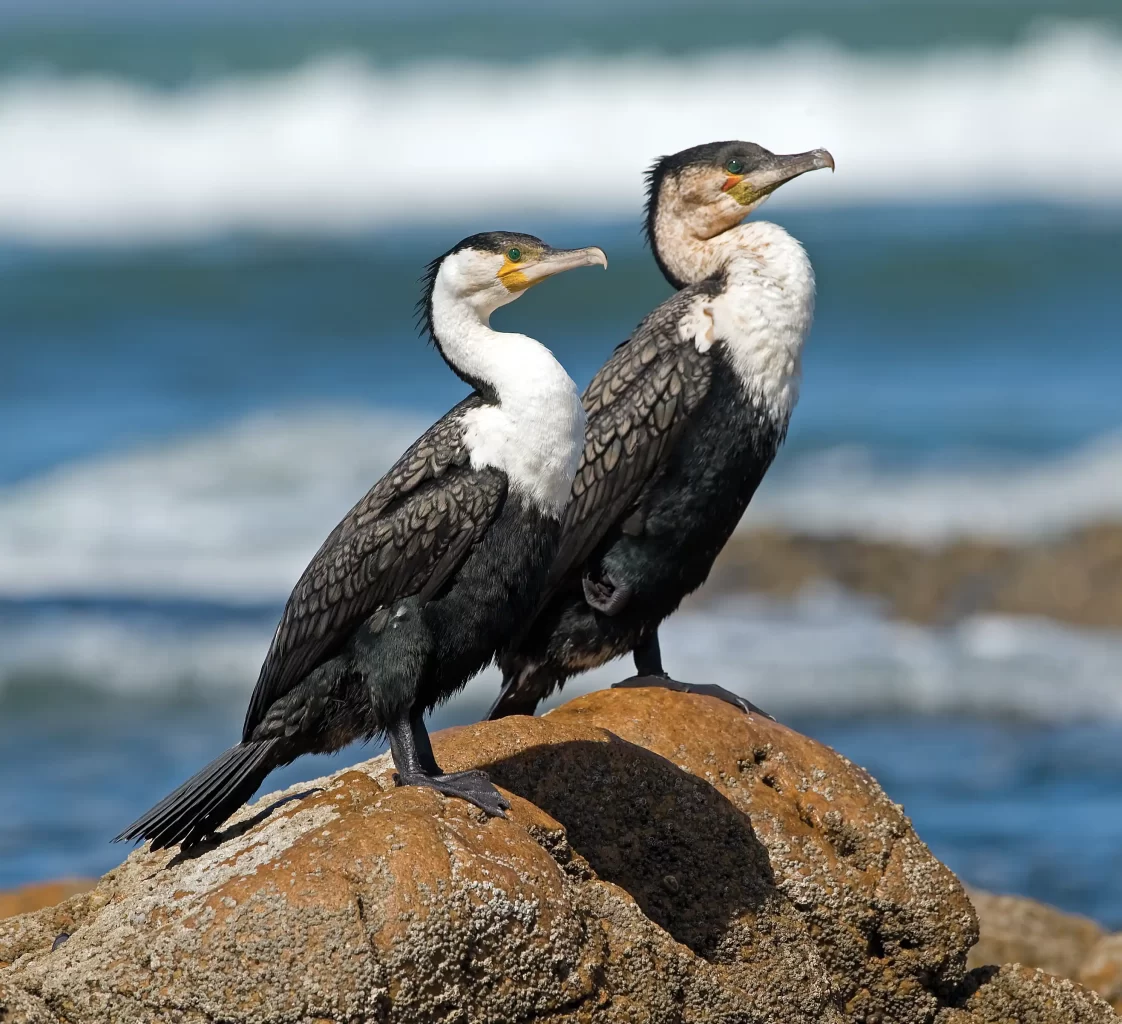
Fortunately, although the wind was quite strong we were able to get a good view of some of the inhabitants. On the way we saw a large group of Cape Cormorants(Phalacrocorax capensis), bathing in the water, the wind was too strong doing any thing else. Later wê saw the other three of the cormorant species Bank (P. neglectus), White-breasted (P. lucidus) and Crowned Cormorants (P. coronatus), flying past the boat, which we incidentally also saw later on Shark island sitting on the rocks. The permanent inhabitants African Penguins (Spheniscus demersus) of Halifax island where quite enjoyable, especially when they came out of their beach house to greet us. We were also able to hear screaming them above the wind but not certain if they wanted to invite us on land for a drink. At least we were able to hear why they were called Jackass Penguins, because even those passengers who were afraid to open their eyes, could at least think we were driving through Wortel near Rehoboth’s donkey country. In the end, the trip was an unforgettable experience not to be missed by anybody visiting Lüderitz. Next time around, we’ll definitely be on the boat, come hell or high water (hopefully not too high).Maybe then we will see the much sought after Petrels if the boat drift a bit further south.
Shark Island is a must for the birder. We had some good sightings of Swift (Sterna bergii) and Sandwich and Common Terns, and finally the ‘tobies’ allowed us close enough to see them eye to eye. The scenic view of the town from here is also well worth the effort and, if you can withstand the windy conditions on the rocks, you might be lucky enough to see the odd albatross or petrel.
Our trip down to Bogenfels was probably as impressive as you could ever wish. You wonder why this ‘monument’ wasn’t named one of the Seven Wonders of the World, but then, it’s probably better this way, or you’d have had a McDonalds in the background of this majestic rock monolith. And yes, we did see a pair of oystercatchers patrolling this spectacular area, making it even more spectacular.
Our last stop was at Kolmanskop, but apart from the Cape Crow’s (Corvus capensis) nest in one of the old houses, there were no traces of other birds, not even a Barn Owl (Tyto alba), which would have been a fitting ‘decoration’ to these beautiful old houses.
Although it’s a long way to drive to Lüderitz from Aus, it’s a trip you shouldn’t miss. There where quite a few Greater Kestrels along the road and wê saw even a few sitting on the ground, there are not that many trees. Hopefully, on the way back, about forty kilometers from Lüderitz, you might spot the odd group of Barlow’s and Grey’s Larks. Who knows, Bob Dylan might well be correct in singing: The answer, my friend, is blowin’ in the wind?
